Junk Your Gas Guzzler?
There's nothing like $100 fill-ups to put your big bruiser on the endangered list.

Large-SUV sales have plummeted 30% this year, large pickups have dropped 22%, and nonluxury large-sedan sales are off by 24%, according to J.D. Power and Associates.
Motor City can't shut down truck and SUV assembly lines fast enough, and General Motors may put the suddenly uncool Hummer brand on the chopping block. Owners of trucks and SUVs are trading them in (when the dealer accepts them) at a breakneck pace.
| Row 0 - Cell 0 | Automakers Have Few Options |
| Row 1 - Cell 0 | Living La Vida Geo |
| Row 2 - Cell 0 | Ways to Save on Gas |
Switching to a fuel-efficient car seems like a no-brainer -- for reasons both environmental and economic. But before you shop, crunch the numbers. A smaller fuel footprint makes financial sense if you're going from a bruiser to a fuel sipper. But trading to a vehicle that offers a marginal gain in fuel economy might not pay off anytime soon.
From just $107.88 $24.99 for Kiplinger Personal Finance
Become a smarter, better informed investor. Subscribe from just $107.88 $24.99, plus get up to 4 Special Issues

Sign up for Kiplinger’s Free Newsletters
Profit and prosper with the best of expert advice on investing, taxes, retirement, personal finance and more - straight to your e-mail.
Profit and prosper with the best of expert advice - straight to your e-mail.
When bigger is better. The numbers don't compute when, for example, you trade a relatively new crossover S'V with so-so gas mileage for a new, small crossover with pretty good gas mileage. That's because cars typically lose 40% to 50% of their value in the first three years of ownership, and interest on a car loan is front-loaded.
Let's assume you bought a 2006 Honda Pilot two years ago for about $29,000 with a five-year, 6% loan and 10% down. Your monthly payments are $505. The average trade-in price today is $18,070, and you still owe $16,590 on the loan. The six-cylinder Pilot gets only 17 miles per gallon in combined city and highway driving, so you're thinking of trading it in for a 2008 four-cylinder RAV4 Limited, which gets 22 mpg.
Sell the Pilot and pay off the loan, and you have $1,480 left over. The RAV4 costs $25,590. The money from selling the Pilot goes toward the down payment, but you finance an additional $1,300 for taxes, title and tags. To keep the comparison nice and neat, let's assume you use a 36-month loan, which will be paid off at the same time as the Pilot loan would have been. Your monthly payment will increase by $268 a month.
Your new loan payments run $3,216 more a year; but at $4.04 a gallon, the annual fuel cost of the RAV4 is $806 less, assuming you drive 15,000 miles a year. After considering the resale value of each vehicle in three years and adding in the estimated cost of repairs once the Pilot is off warranty, you'll be about $1,700 poorer if you buy the RAV4.
When smaller is better. But say you want to trade in an iconic guzzler, a 2006 Chevy Tahoe LS (15 mpg), for a 2008 Nissan Altima S (26 mpg). Again, assume you bought the Tahoe two years ago, for $37,000 with a five-year, 6% loan and 10% down, and your monthly payments are $644. As gas prices rise, new and used S'V and truck prices fall, so the average trade-in price now is only $16,195. And after two years, you still owe $21,160 on the loan.
The Altima will set you back at least $20,000 (after a $1,000 rebate from Nissan), so you need to come up with a $5,000 loan payoff plus about $1,100 for taxes, title and tags to complete the transaction. If you roll all that into a 36-month loan with no money down, your monthly payment will increase to $769 a month (that's with Nissan's 3.9% financing). That's about $1,500 a year more than the Tahoe payments, but at $4.04 a gallon, the annual fuel cost of the Altima is $1,709 less than for the Tahoe. After weighing the value of each vehicle in three years and adding in the estimated cost of repairs once the Tahoe is off warranty, you'll be more than $2,000 ahead with the Altima.
What if. Trading in is more lucrative if your car loan is paid off. And if you buy an inexpensive urban warrior or a used car that is also fuel-efficient, you're likely to come out ahead pretty quickly. And this analysis assumes that gas prices will stay around $4 a gallon. If they go up, your cash flow and smugness factor will rise that much faster.
Profit and prosper with the best of Kiplinger's advice on investing, taxes, retirement, personal finance and much more. Delivered daily. Enter your email in the box and click Sign Me Up.

Mark was the editor of Kiplinger's Personal Finance magazine from July 2017 to June 2023. Prior to becoming editor, he was the Money and Living sections editor and, before that, the automotive writer. He has also been editor of Kiplinger.com as well as the magazine's managing editor, assistant managing editor and chief copy editor. Mark has also served as president of the Washington Automotive Press Association. In 1990 he was nominated for a National Magazine Award. Mark earned a B.A. from University of Virginia and an M.A. in Writing from Johns Hopkins University. Mark lives in Washington, D.C., with his wife, and they spend as much time as possible in their Glen Arbor, Mich., vacation home.
-
 Fed's Rate Cuts Could Have Impacts You Might Not Anticipate
Fed's Rate Cuts Could Have Impacts You Might Not AnticipateUnderstanding how lower interest rates could impact your wallet can help you determine the right financial moves to make.
-
 Past Performance Is Not Indicative of Your Adviser's Expertise
Past Performance Is Not Indicative of Your Adviser's ExpertiseMany people find a financial adviser by searching online or asking for referrals from friends or family. This can actually end up costing you big-time.
-
 I'm want to give my 3 grandkids $5K each for Christmas.
I'm want to give my 3 grandkids $5K each for Christmas.You're comfortably retired and want to give your grandkids a big Christmas check, but their parents are worried they might spend it all. We ask the pros for help.
-
 10 Things You Should Know About Buying a Car Today, Even if You've Bought Before
10 Things You Should Know About Buying a Car Today, Even if You've Bought BeforeIf buying a car is on your to-do list, and it's been a while since you went shopping for a new one, this guide will help avoid any nasty shocks in the showroom.
-
 Get the Best Car Deal in Retirement: Here's the Trick
Get the Best Car Deal in Retirement: Here's the TrickPlanning on shopping for a new car this Labor Day weekend? Here’s how to haggle for a better price, even though you're retired.
-
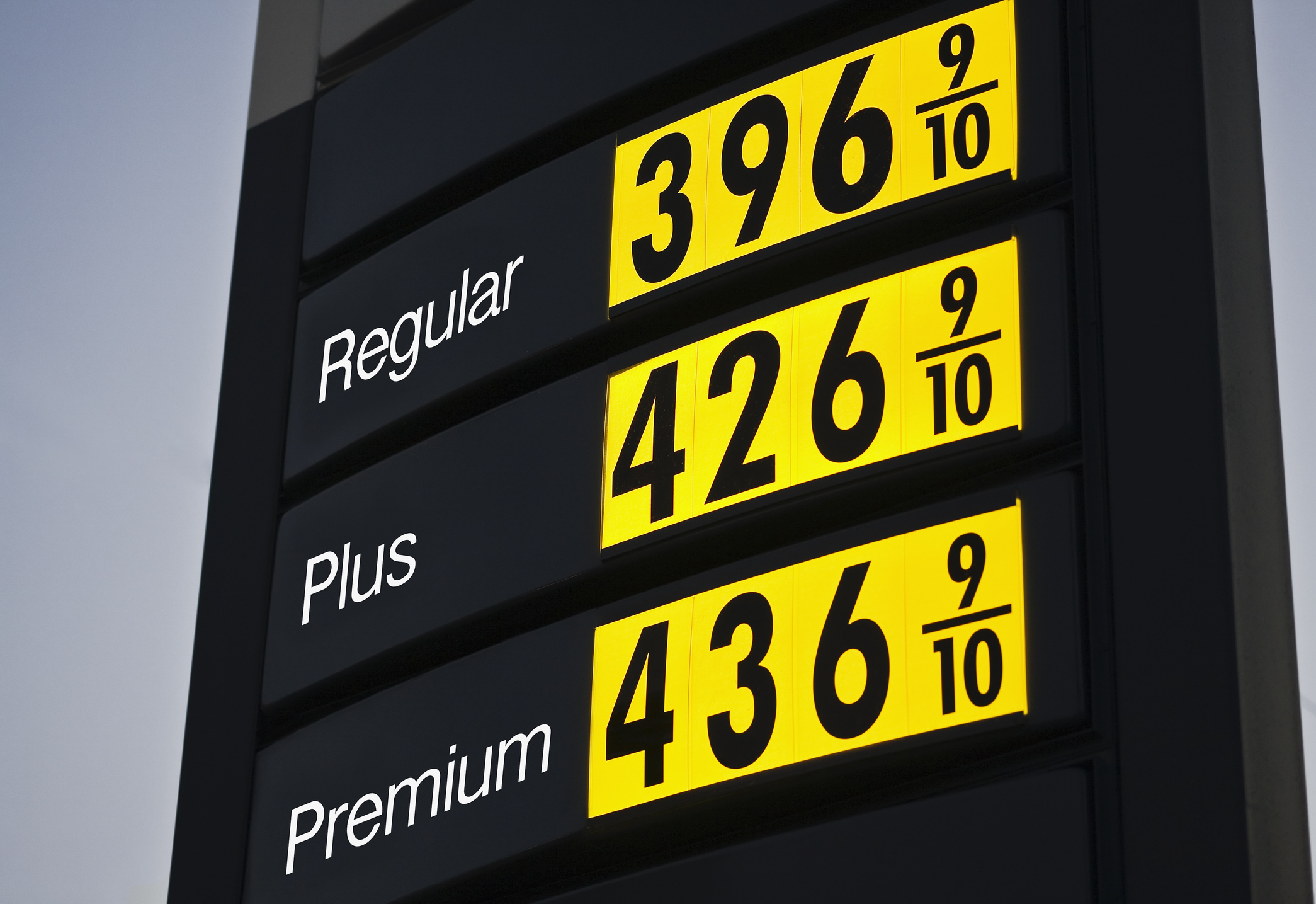 7 Gas-Saving Tips That Actually Work
7 Gas-Saving Tips That Actually WorkThese are gas-saving tips that will actually work for you and your car this year.
-
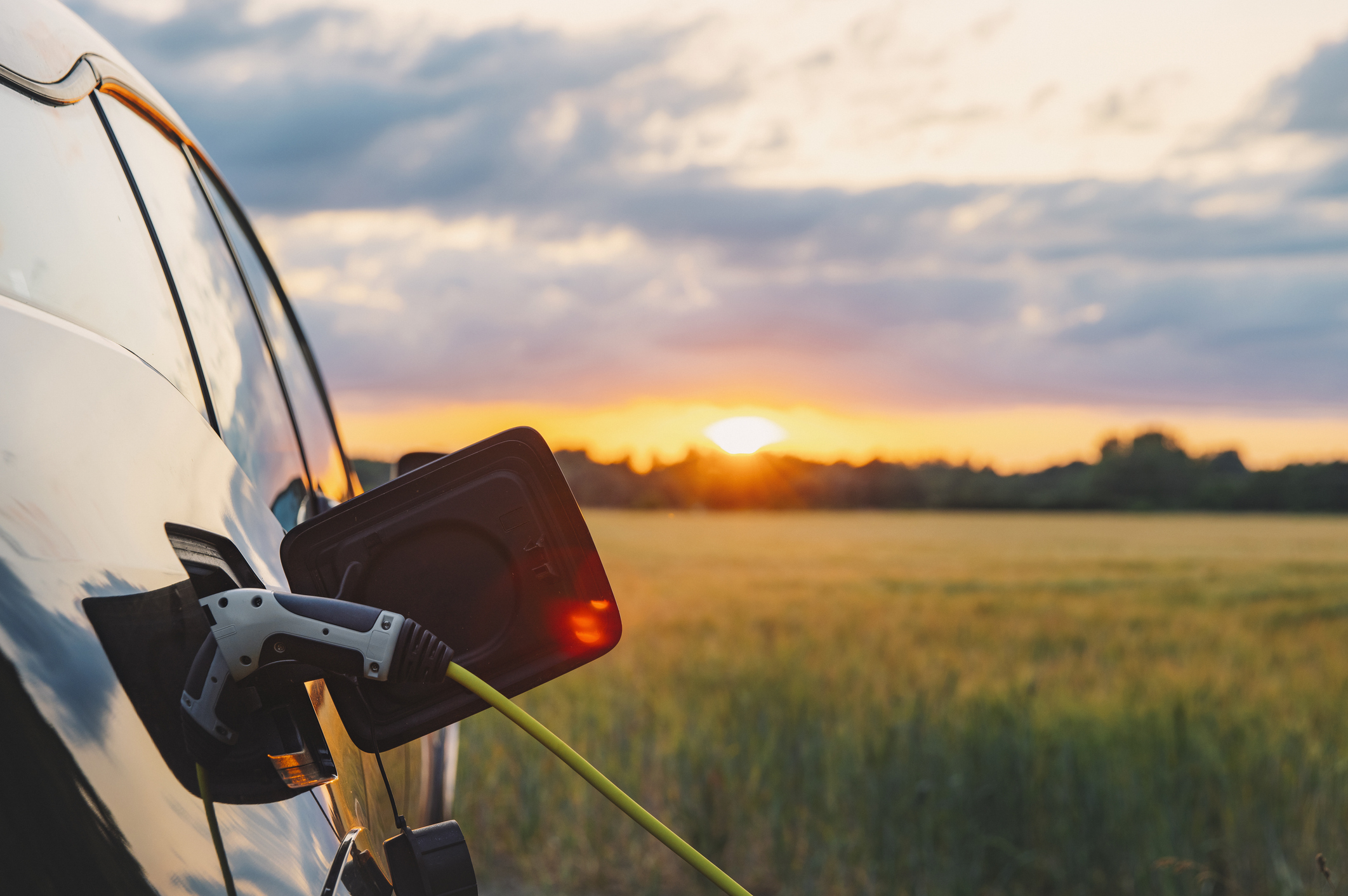 Want to Lease an EV? The Tax Credit 'Loophole' for That Is Going Away Soon
Want to Lease an EV? The Tax Credit 'Loophole' for That Is Going Away SoonTax Credits If you are deciding whether to lease or buy an electric vehicle, here is what you need to know about how the EV lease tax credit works now that it will be eliminated under Trump's new tax law.
-
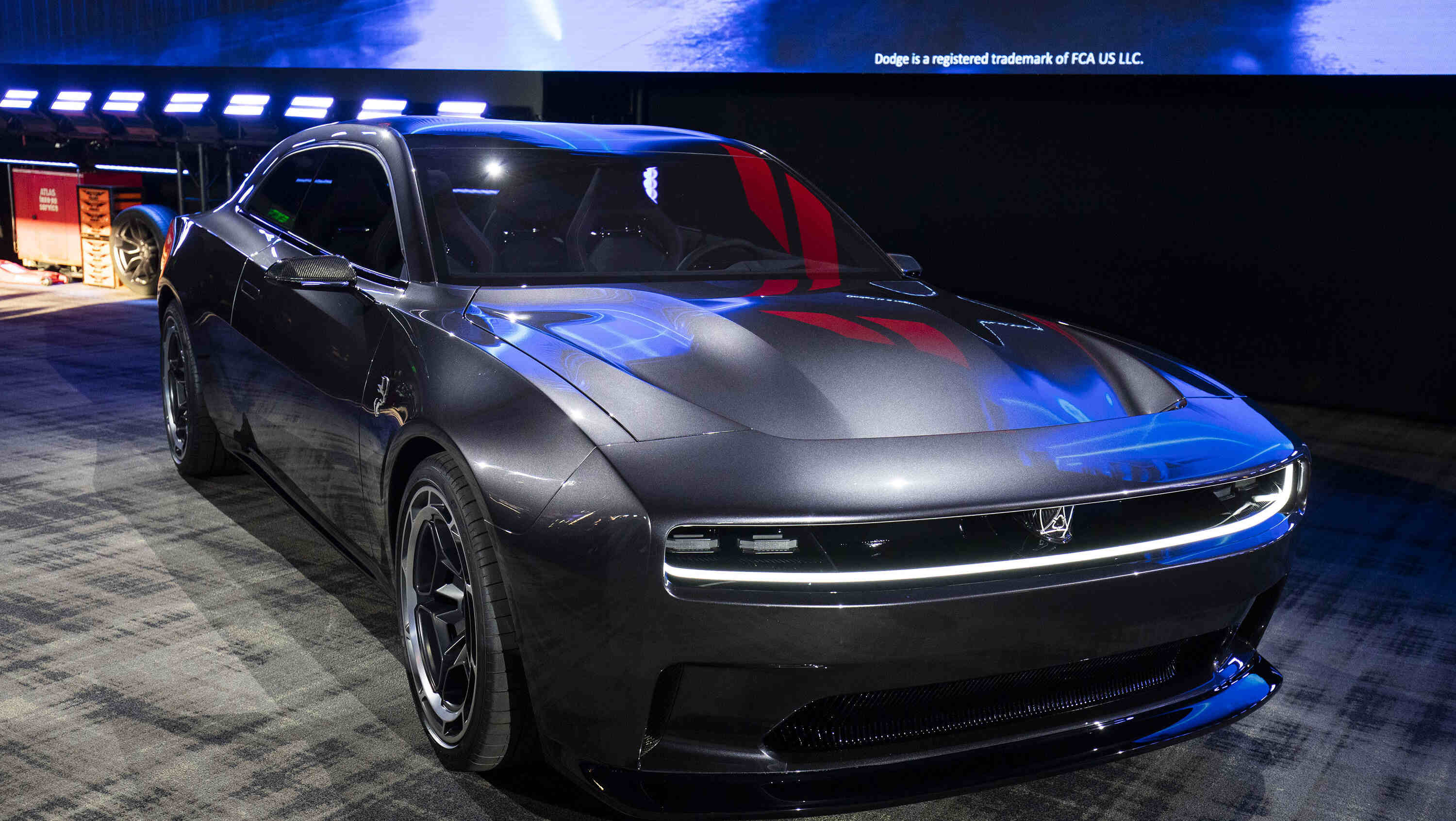 Will the Gas Engine Soon Be Obsolete?
Will the Gas Engine Soon Be Obsolete?As the popularity of electric vehicles grows, what will happen to the gas engine?
-
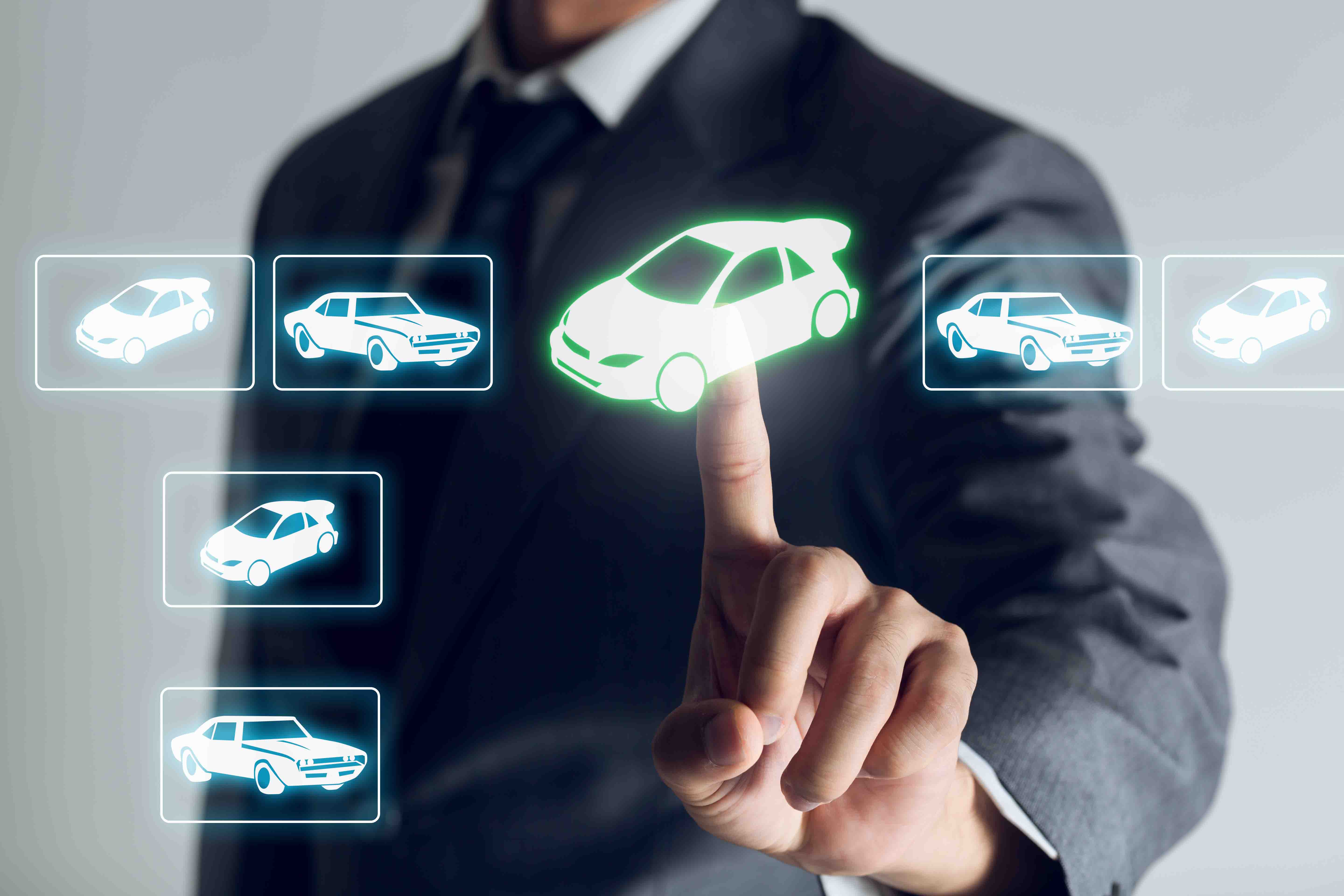 Car Buying in a Topsy-Turvy Market
Car Buying in a Topsy-Turvy MarketYou need a new car? Good luck with that! What should you do? We've got some answers.
-
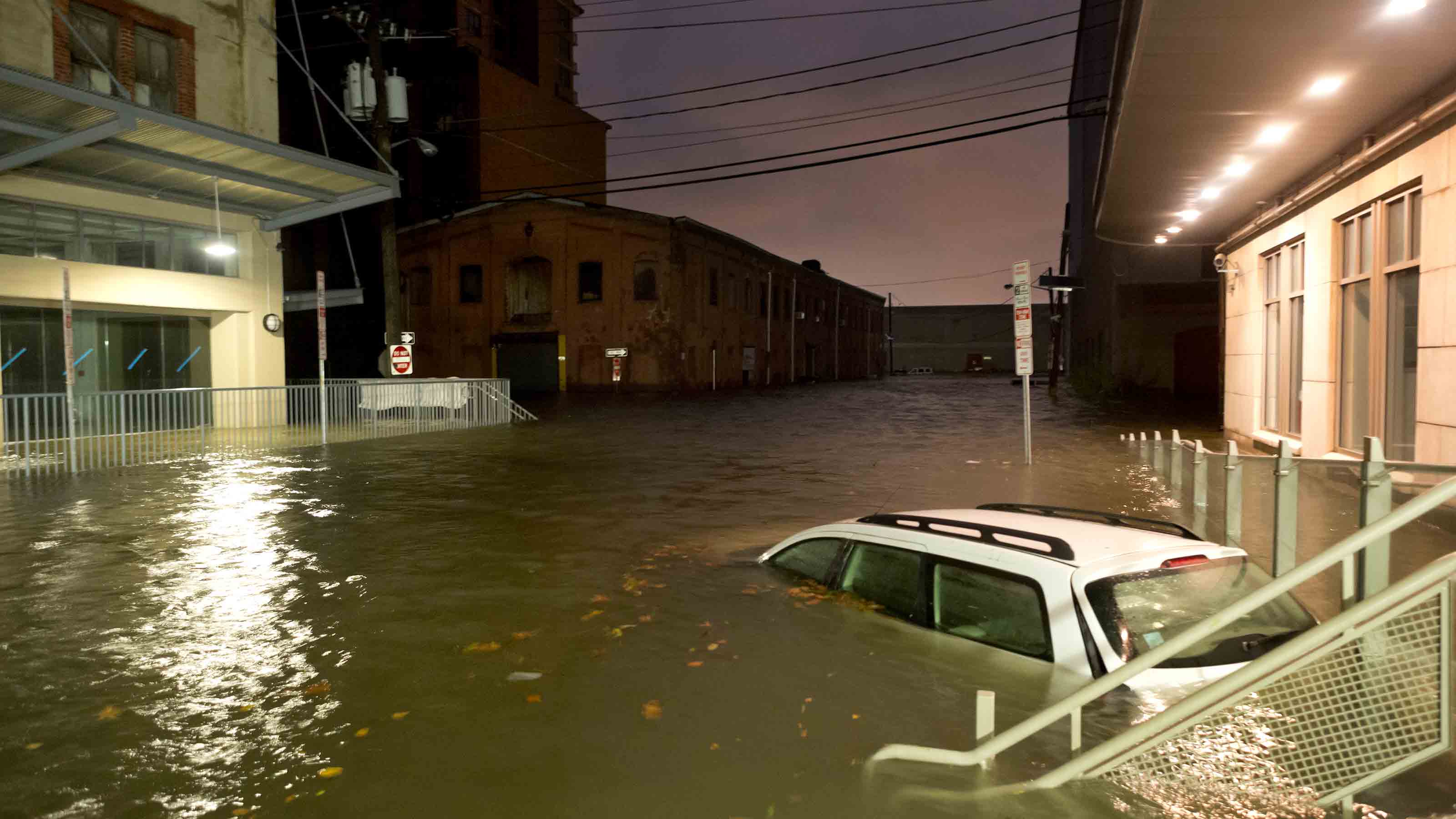 Watch Out for Flood-Damaged Cars from Hurricane Ian
Watch Out for Flood-Damaged Cars from Hurricane IanBuying & Leasing a Car In the wake of Hurricane Ian, more flood-damaged cars may hit the market. Car prices may rise further because of increased demand as well.
-
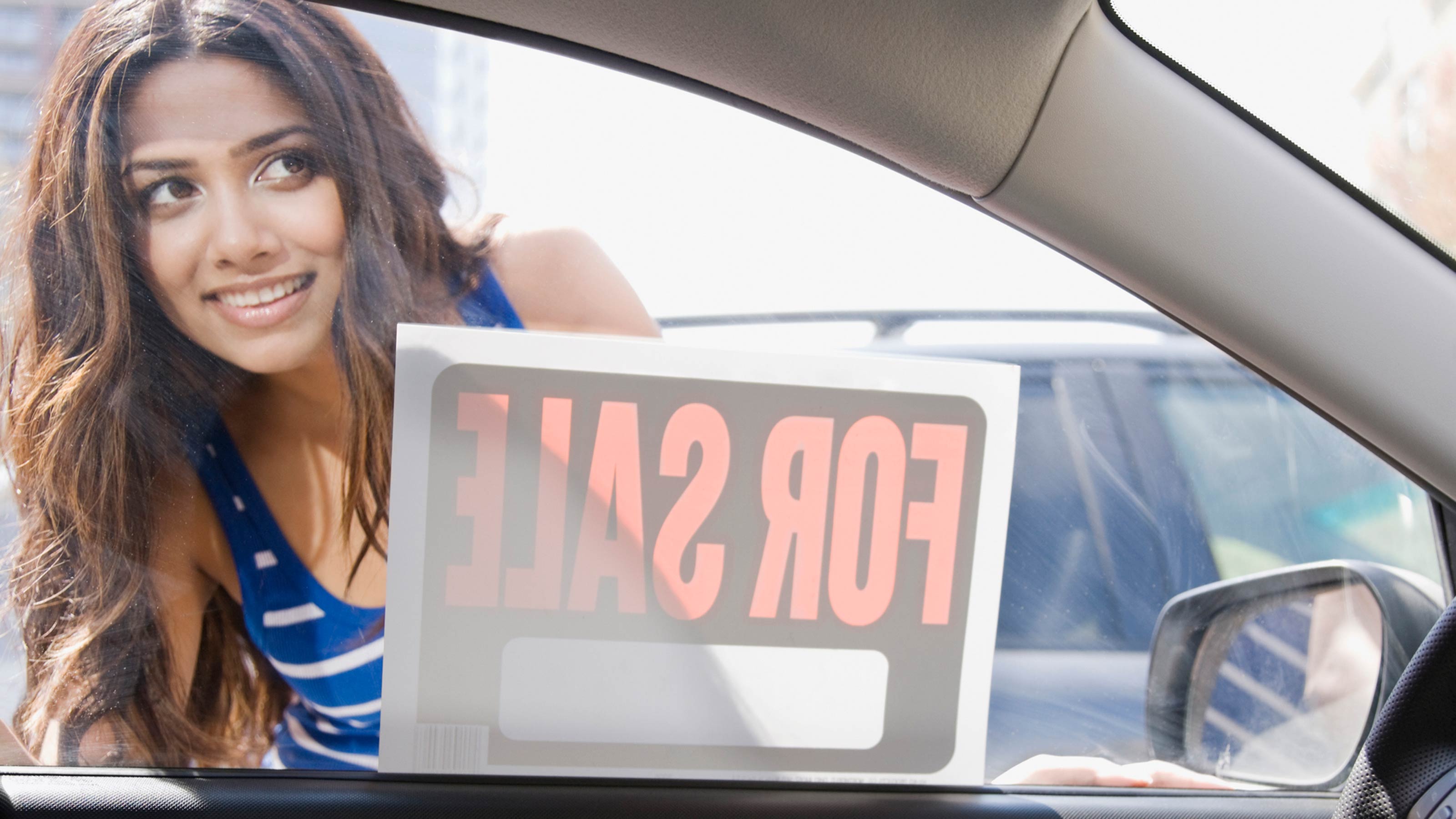 Car Buyers: The 3-Day Grace Period Is Just a Myth!
Car Buyers: The 3-Day Grace Period Is Just a Myth!Buying & Leasing a Car Many car buyers think they have three days after making a purchase to return a car. Here’s where they’re going wrong, and what they should do instead to get a decent used car.